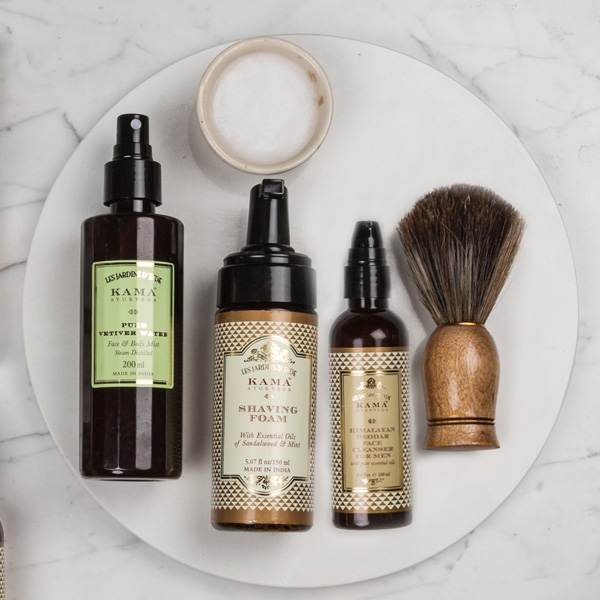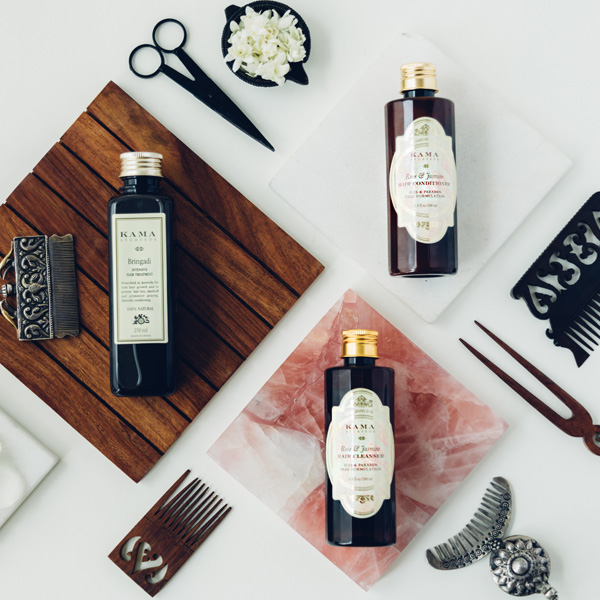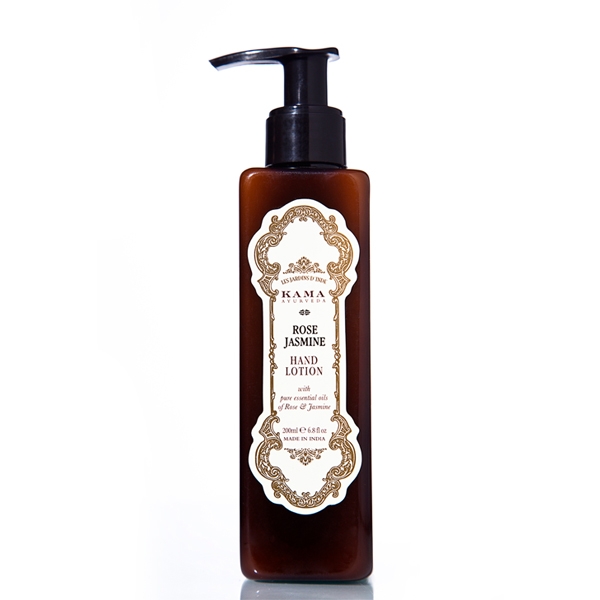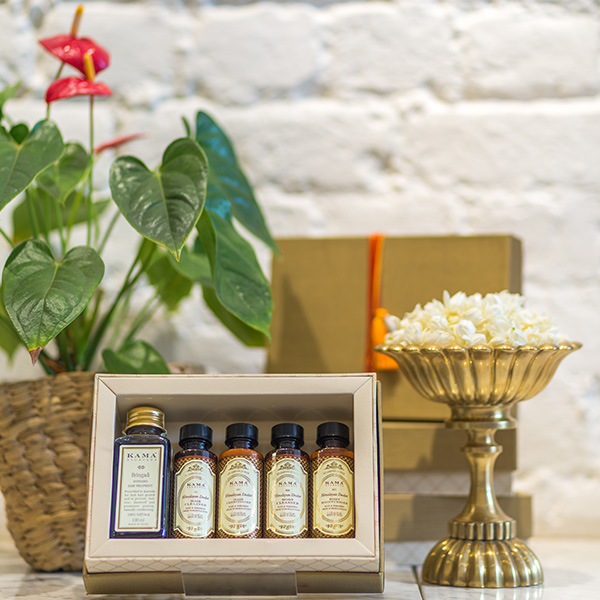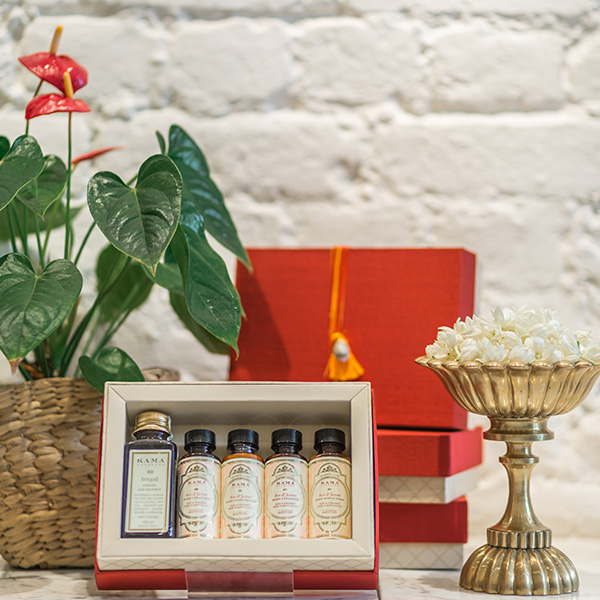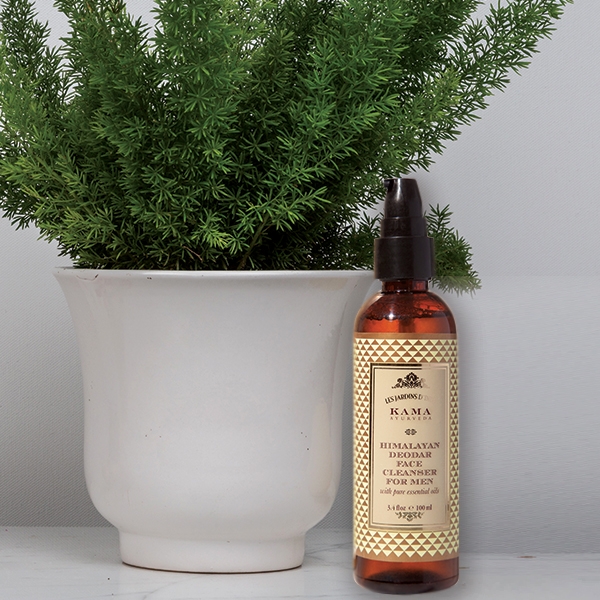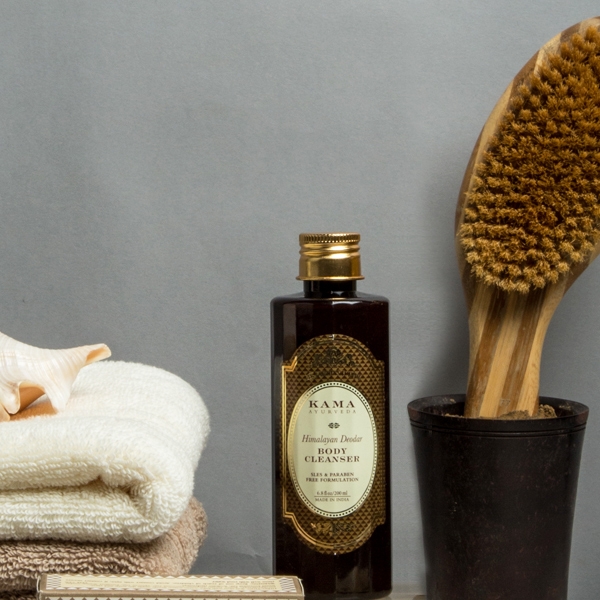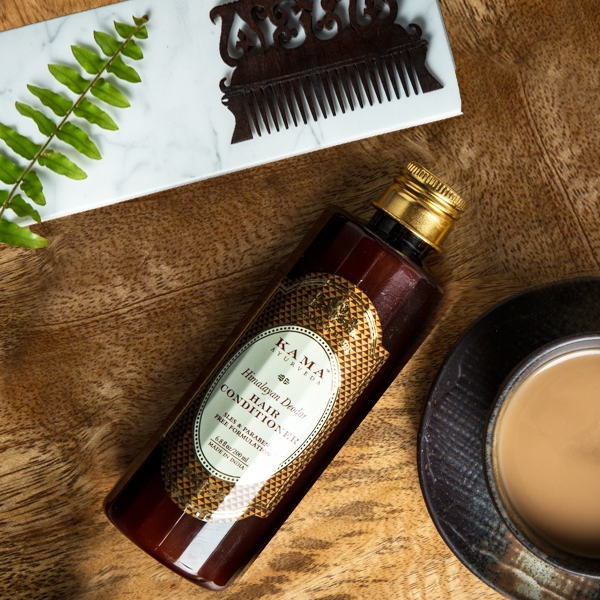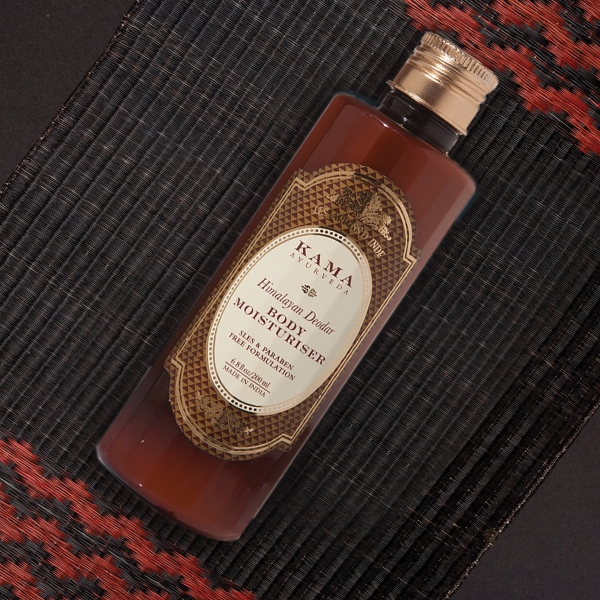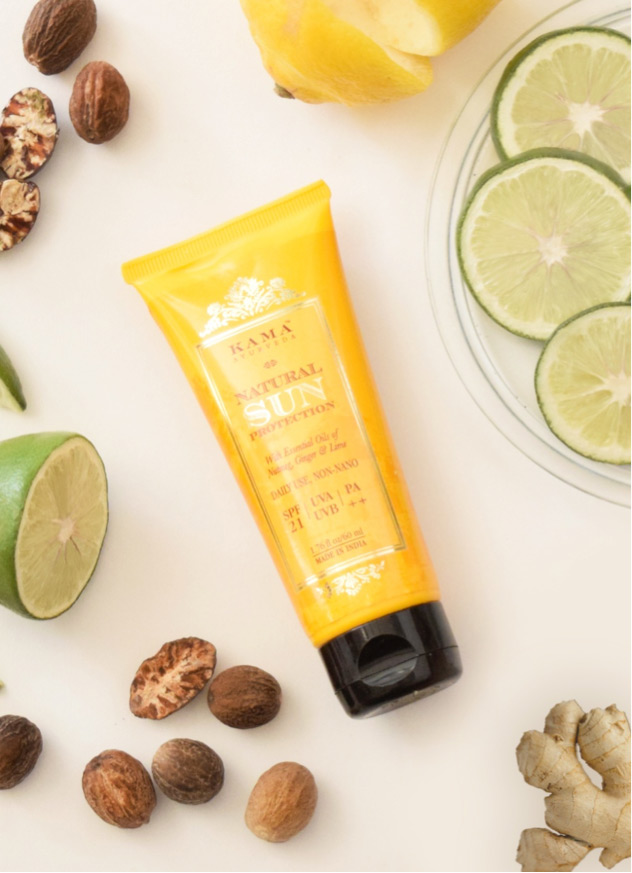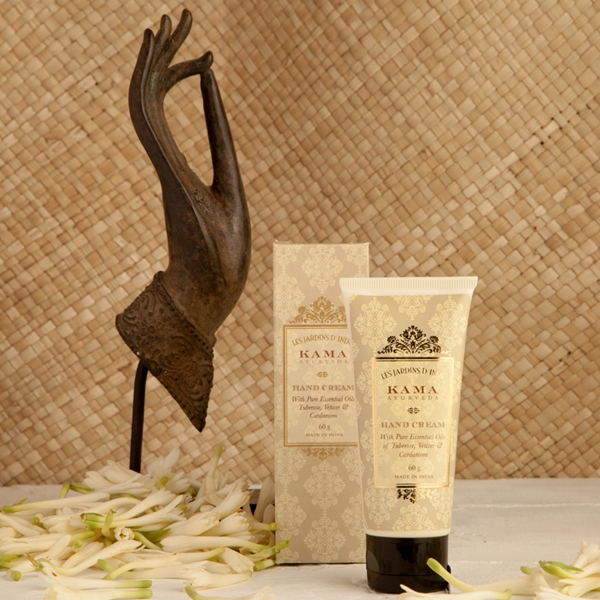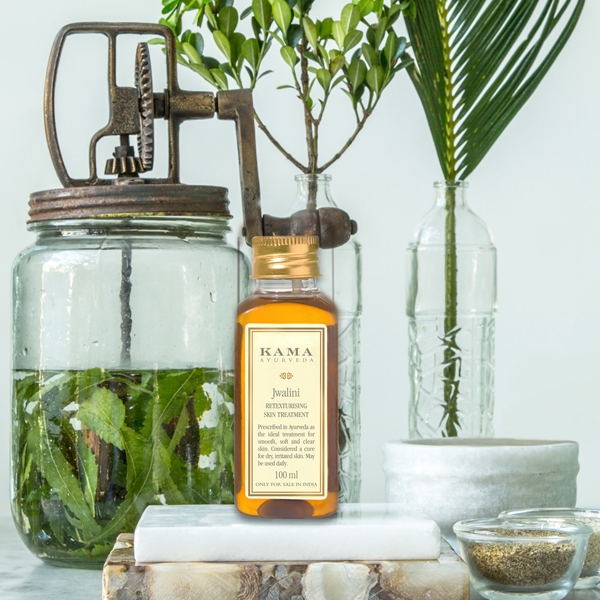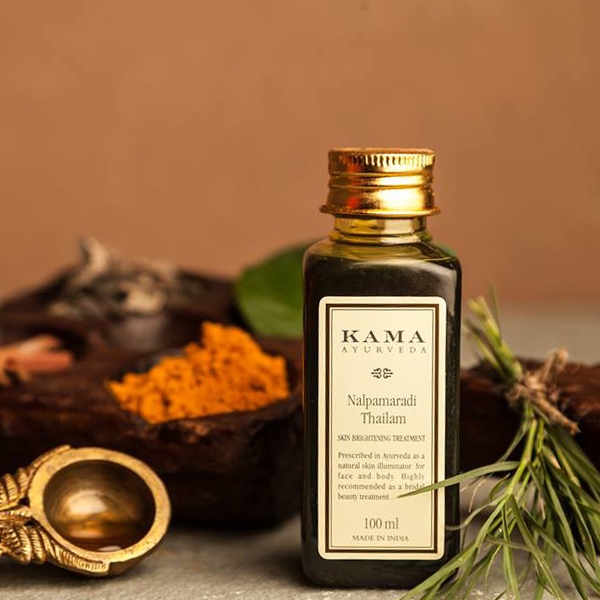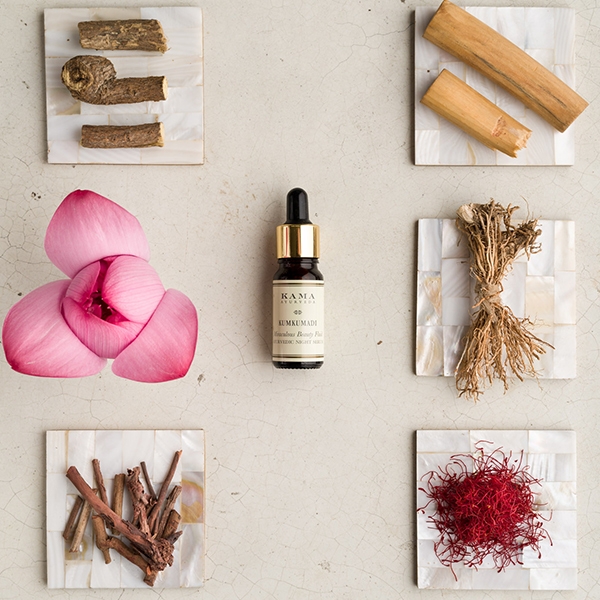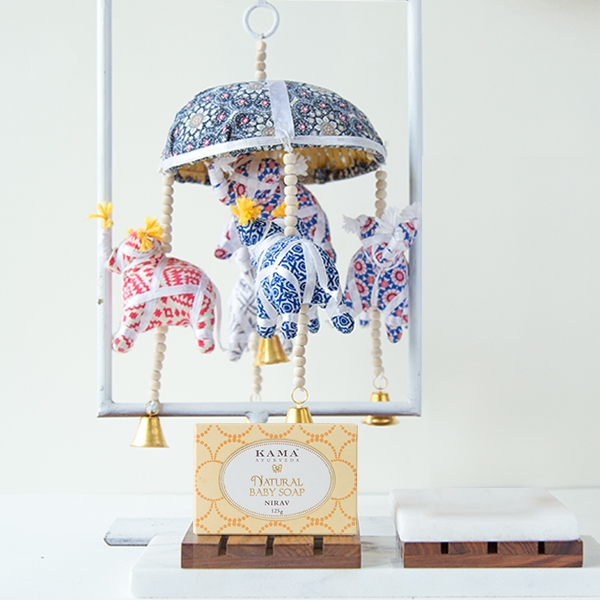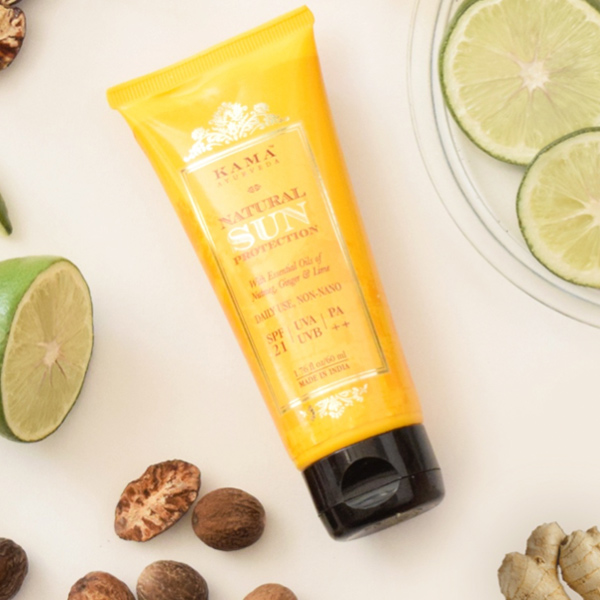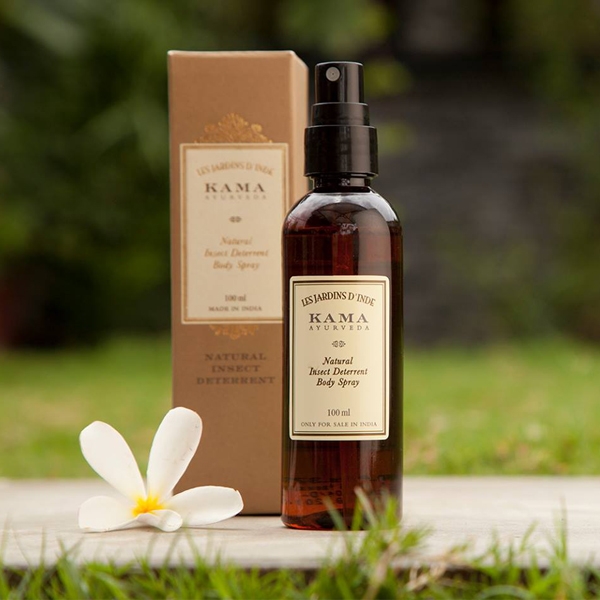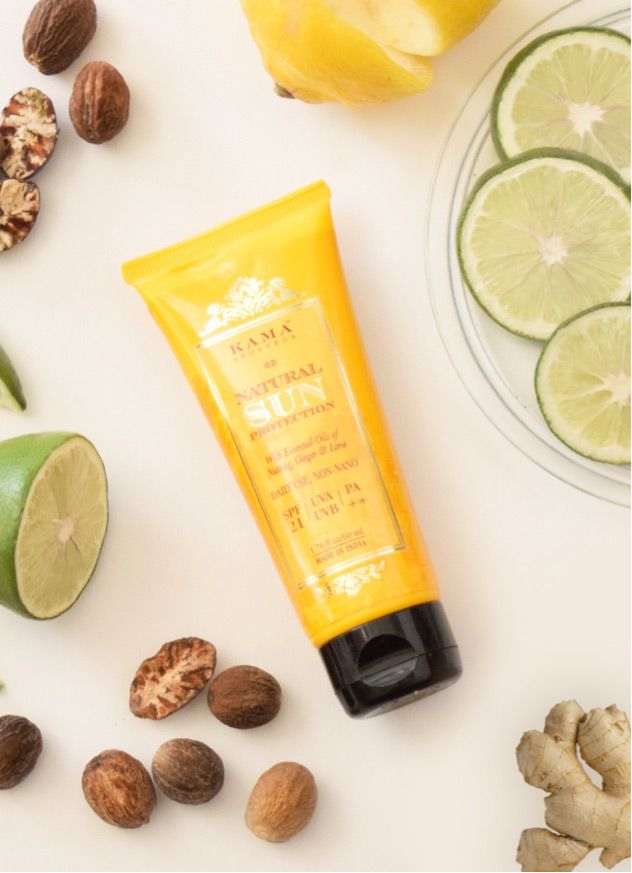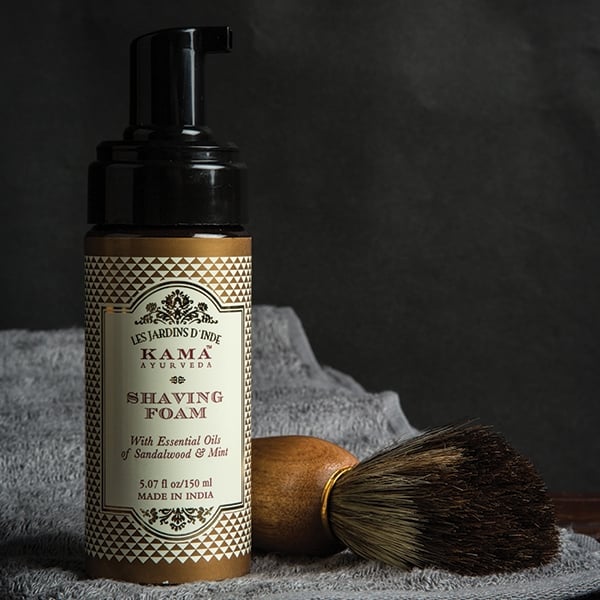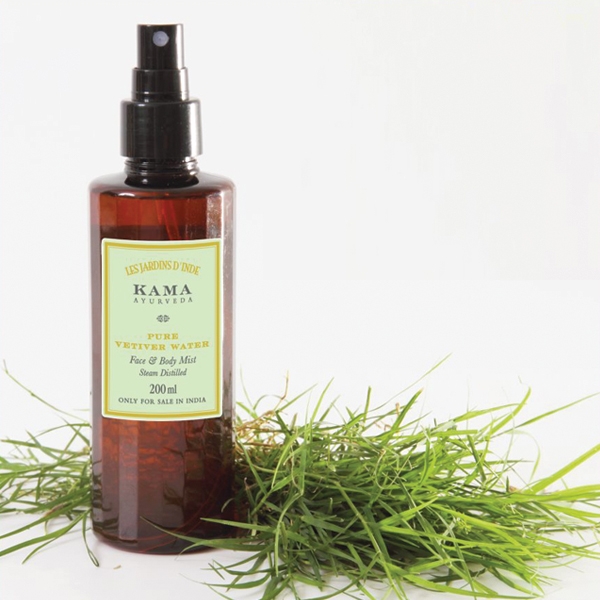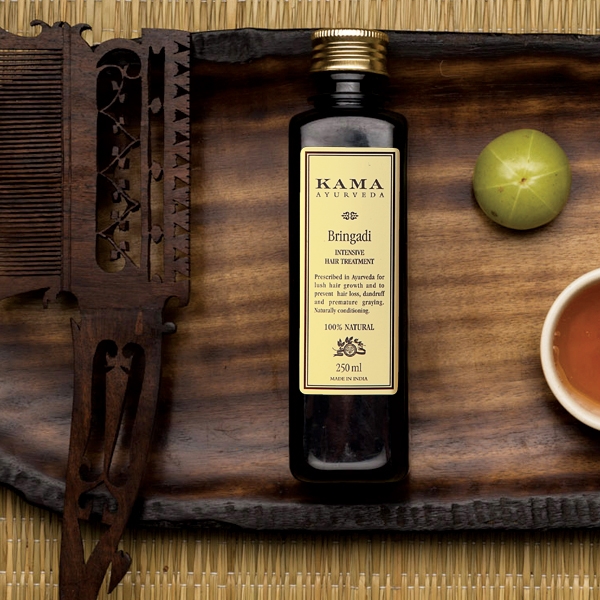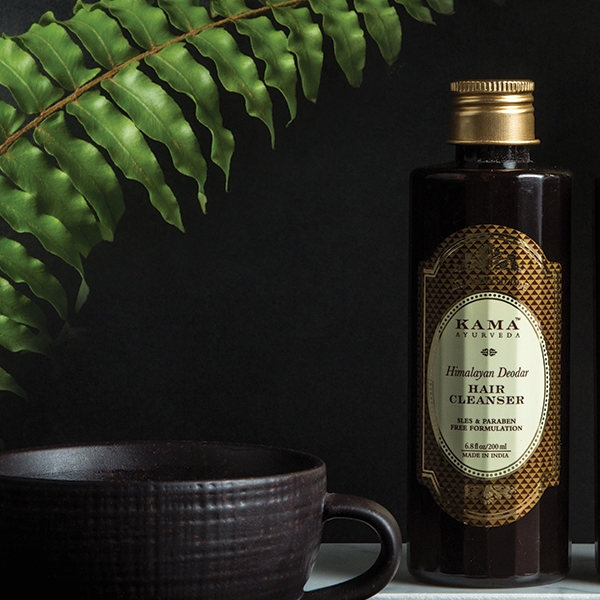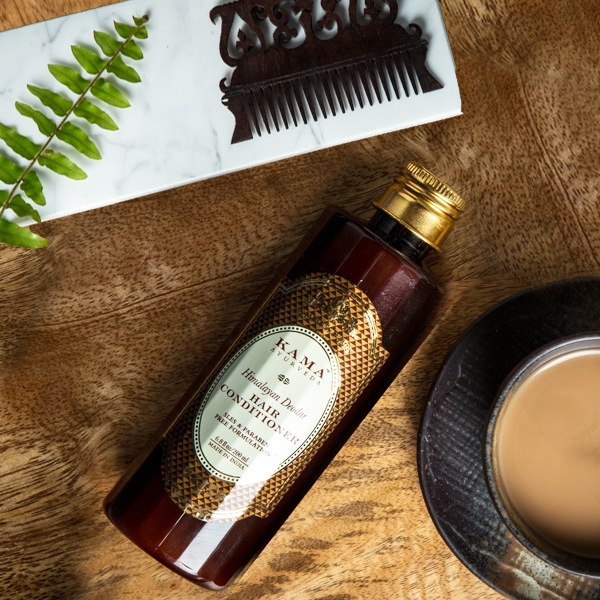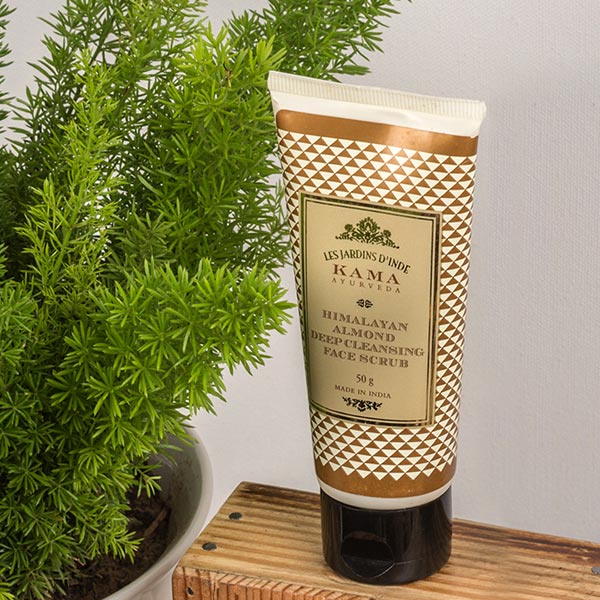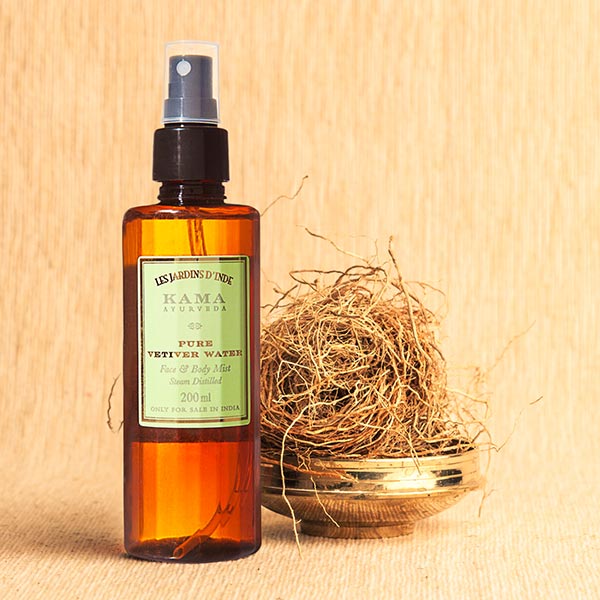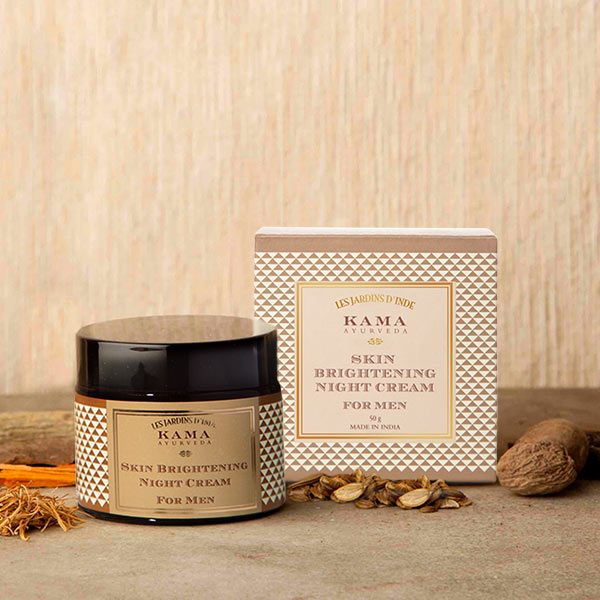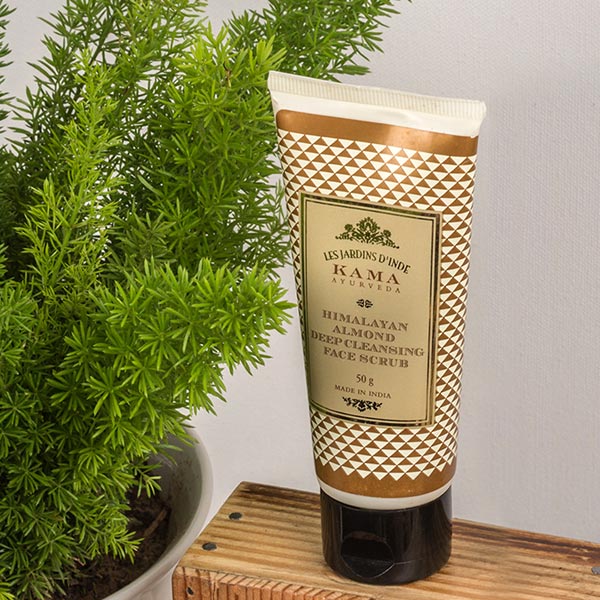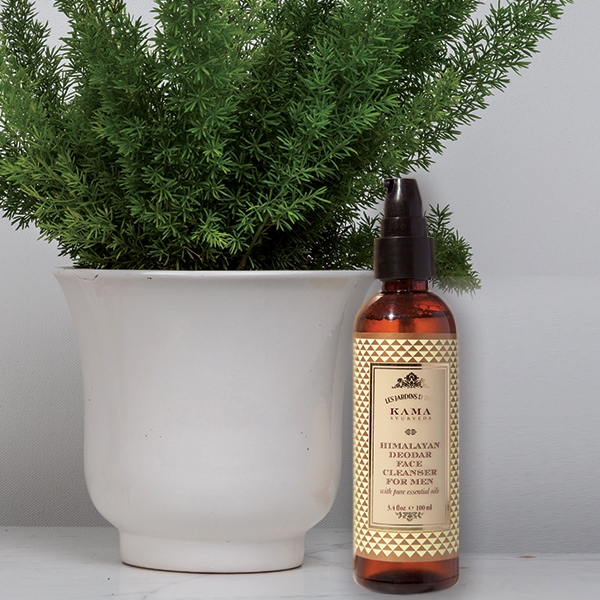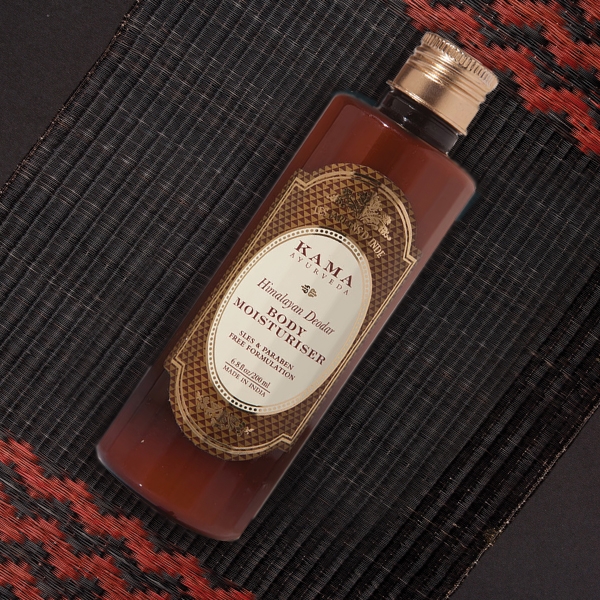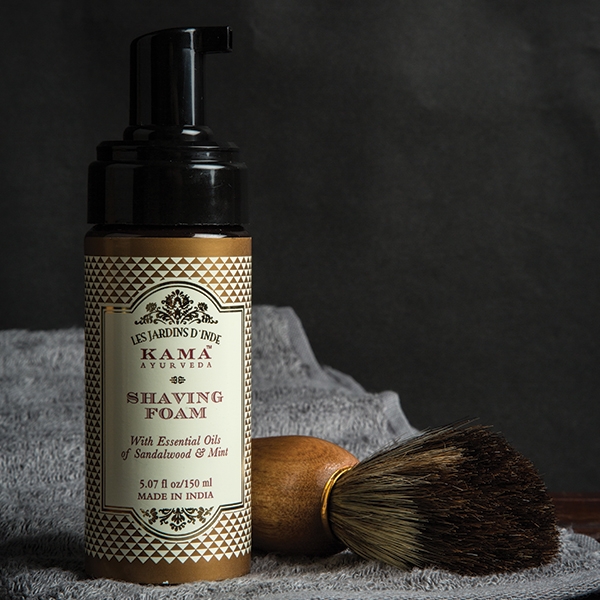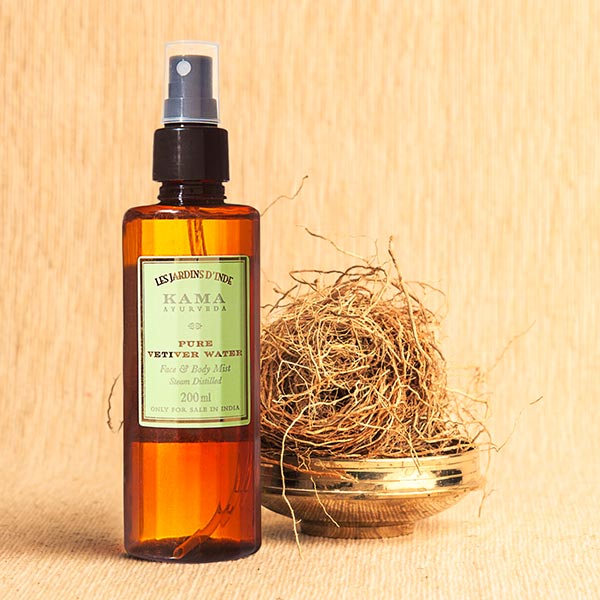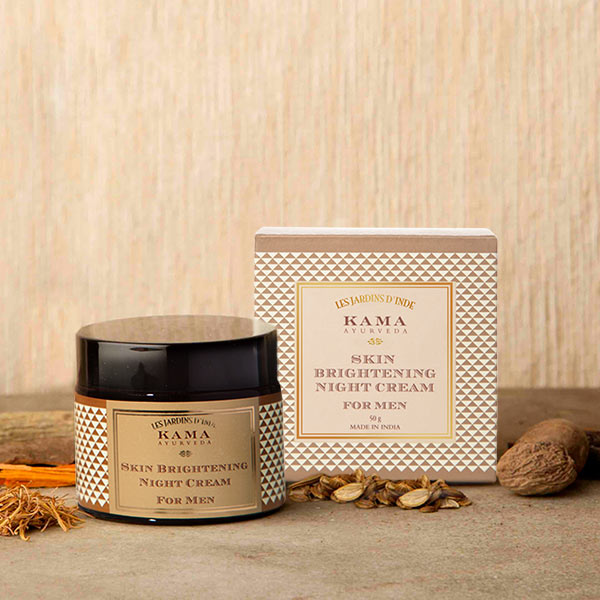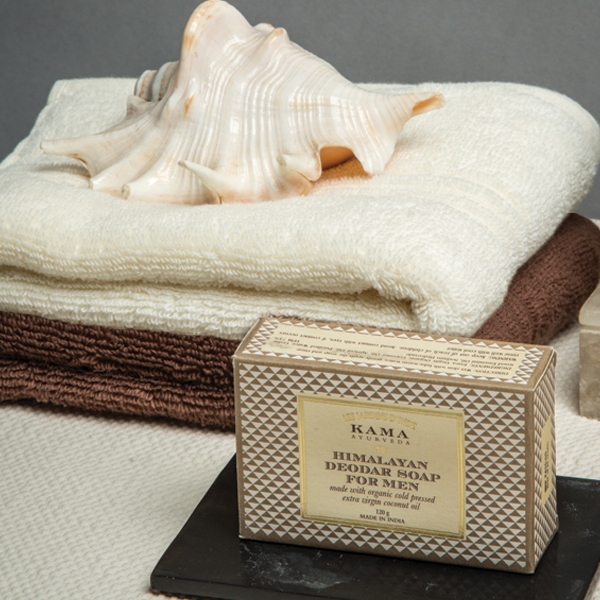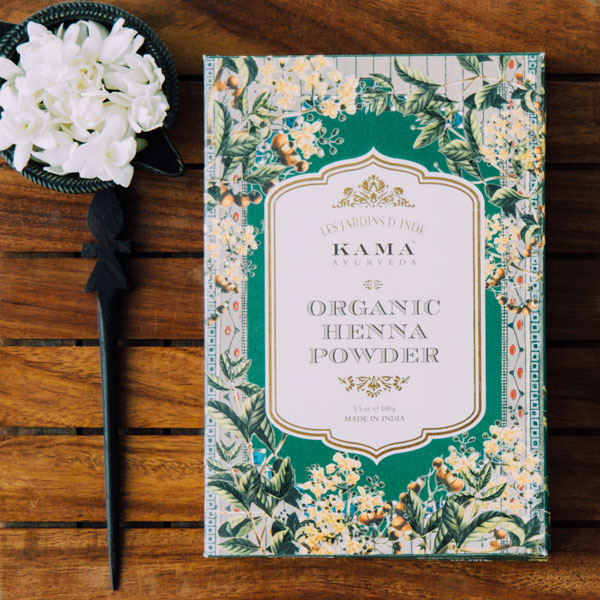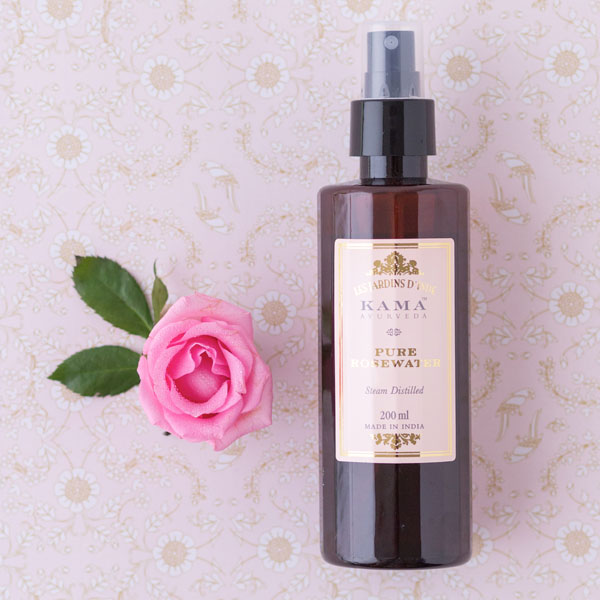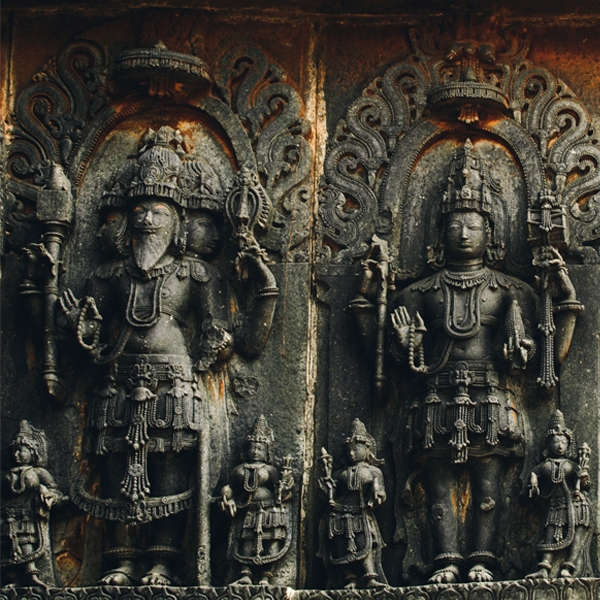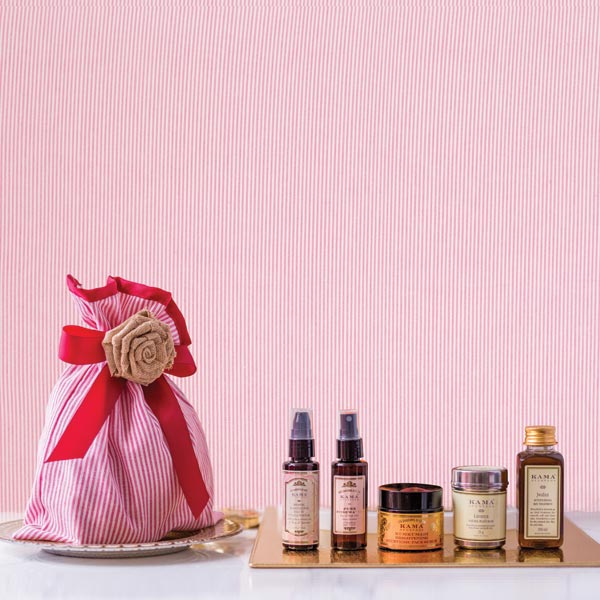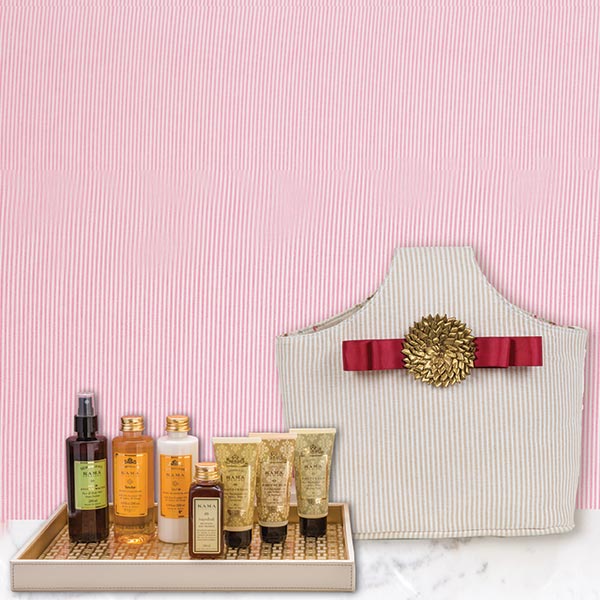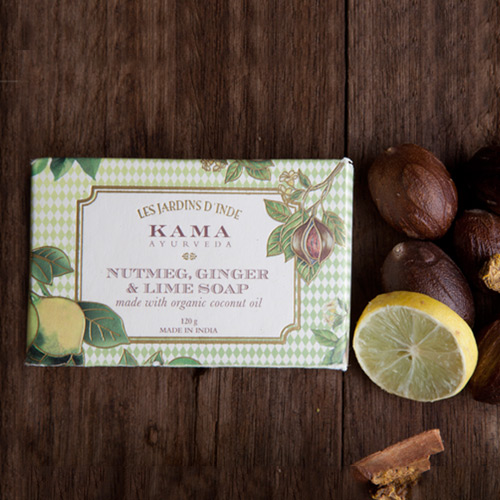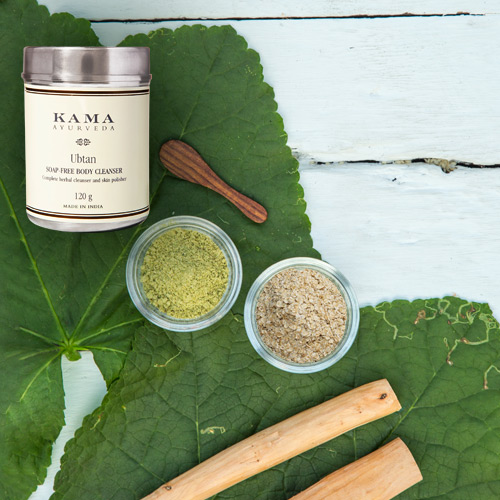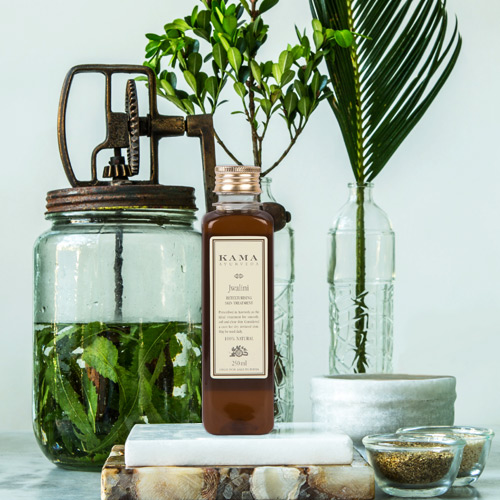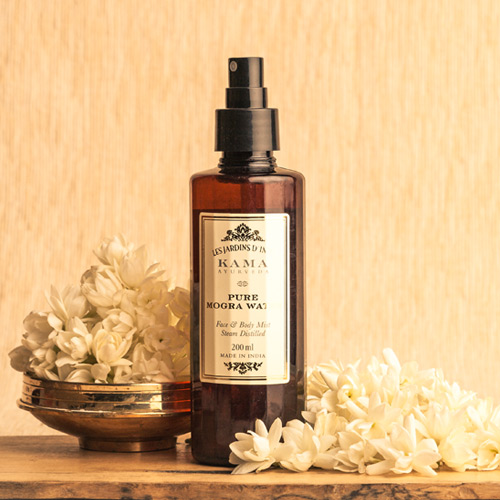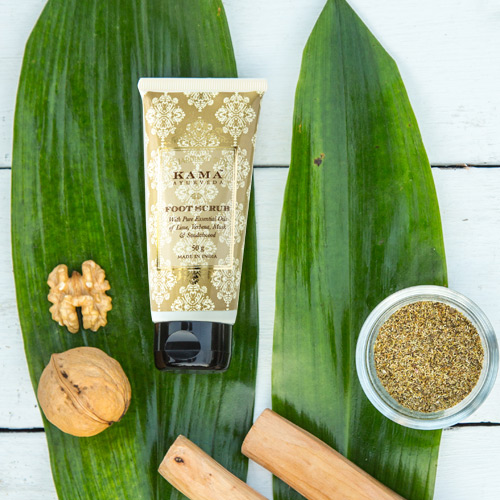The Monsoon may not look as beautiful on your hair and skin as it does in poetry. From untameable hair to extraordinarily oily skin, the humidity in the air can have some extreme side-effects. Not to forget the surprise breakouts that show up just as the rains come in. At Kama Ayurveda, we have matchless Monsoon protection for your skin and hair. From our iconic Bringadi hair treatment to award-winning Nimrah face pack - we use the purest ingredients sourced from nature to help fight any signs of damage caused by the rainy season.
BRINGADI INTENSIVE HAIR TREATMENT:
The excessive humidity and sweating have adverse effect on your crowning glory, including hair breakage and fall, scalp infections as well as hair follicle inflammation. A rich earthy oil with potent Ayurvedic herbs infused in pure Sesame oil, this is a wonderful formulation that addresses most major hair and scalp issues faced during the rainy season. Gooseberry, Balloon Vine, Licorice and other nourishing ingredients that nurture healthy hair growth and shine. Importantly this priceless Ayurvedic recipe keeps scalp healthy and its anti-fungal and antibacterial properties wards off any signs of infection. This natural conditioner calms our senses while leaving our mane enviably lustrous.
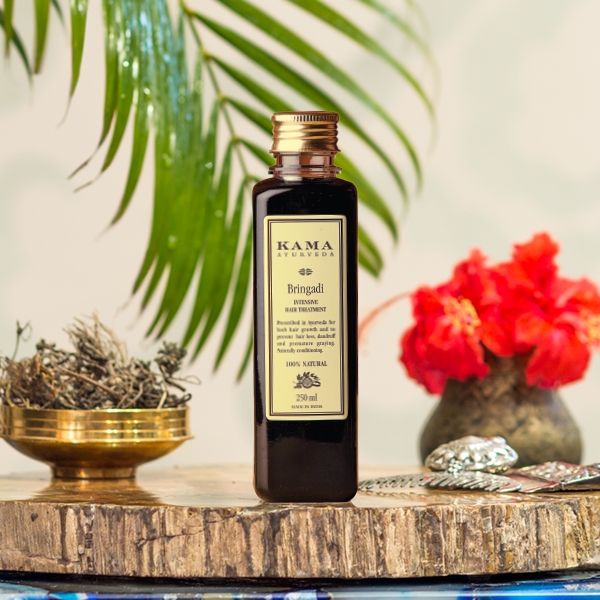
HIMALAYAN DEODAR HAIR CLEANSER:
Grimy hair and scalp is one of the key reasons for hair breakage during the Monsoon. An efficacious way of avoiding hair breakage is to keep the scalp cleansed and clarified during the monsoons. Our all natural Himalayan Deodar Hair Cleanserdoes the same without stripping the hair of its natural oils and softness. This gentle cleanser with pure essential oils of Himalayan Deodar rebuilds & rehydrates dry and frizzy hair and keeps the scalp clean and soothed. Organic Aloe Vera Juice and Hibiscus extract promote hair growth and add that extra sheen.
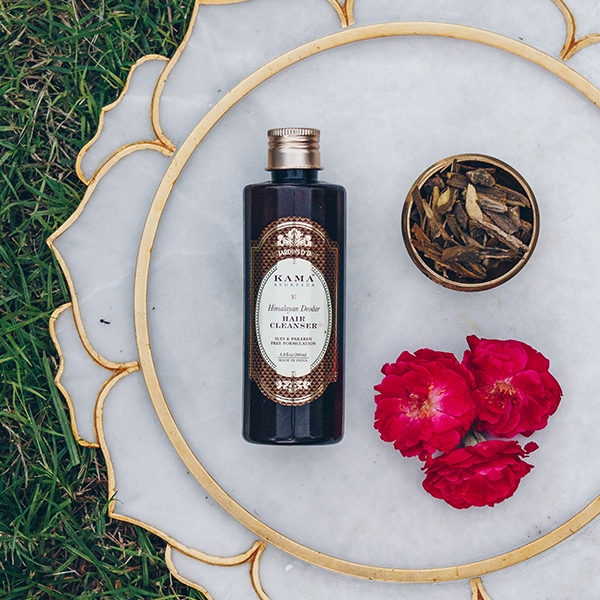
NIMRAH:
The rainy season tends to set your oil secreting glands into an overdrive. Oily skin in-turn attracts dust, dirt and other pollutants that irritate your skin and promote breakouts. Nimrah pack effectively fights off any signs of acne, pimples, inflammation or swelling of skin. This 100% natural, Ayurvedic face pack is a blend of potent Vetiver, Ashwagandha, Coriander, Lodhra and Liquorice. Exotic Red Sandalwood in it brightens the complexion and helps reduce scars and hyper-pigmentation. A gentle, soothing yet effective formulation that addresses seasonal breakouts and clarifies the skin's texture with regular use.
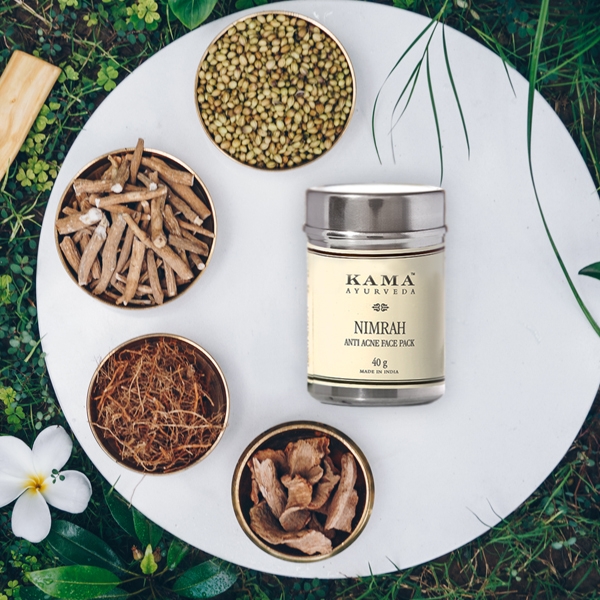
ORGANIC NEEM OIL:
Moist and damp skin & hair can be attract bacteria and germs and lead to many skin and hair irritations. Our Neem Oil , the ‘Sarva Roga Nivarini’ or 'curer of all ailments', helps keep all infections at bay. This 100% pure and cold-pressed oil from the farms of Tamil Naidu is rich in antioxidants and the best partner for the tresses in the rainy season.
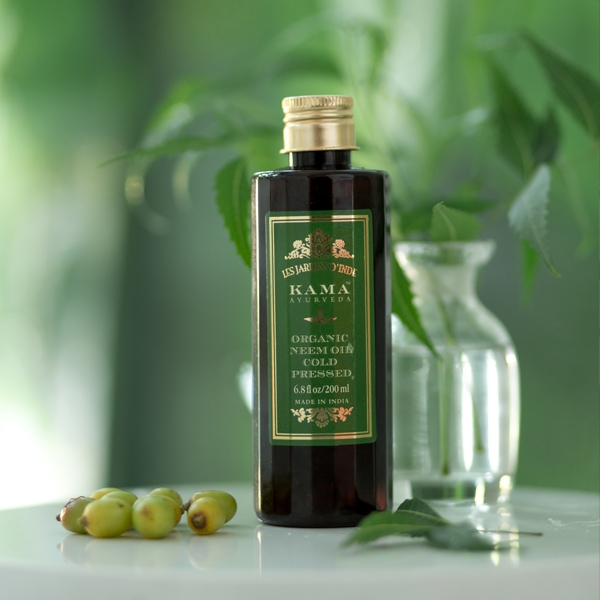
NATURAL INSECT DETERRENT SPRAY:
This light body spray is ideal companion for Monsoon season. It keeps away mosquitoes and other insects, is gentle enough for daily use and free of toxic insect-repelling chemicals. A 100% natural formulation that provides the safest natural protection against mosquito and other insect bites. Infused with essential oils of Lemongrass, Citronella, Geranium, Vetiver, Neem and Peppermint, its lovely citrusy scent leaves you feeling uplifted and joyful.
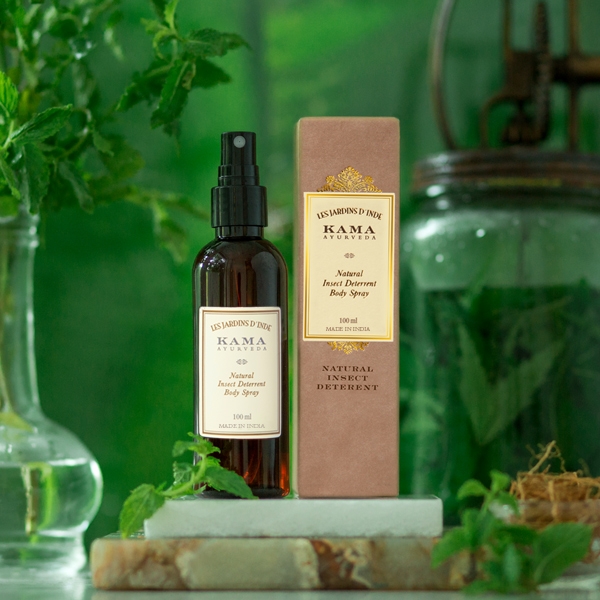
In Ayurveda, there are natural remedies to every change each season brings in. Enjoy the beauties of this revered season and take your pick from our Monsoons must haves to keep your skin and hair healthy and beautiful.
